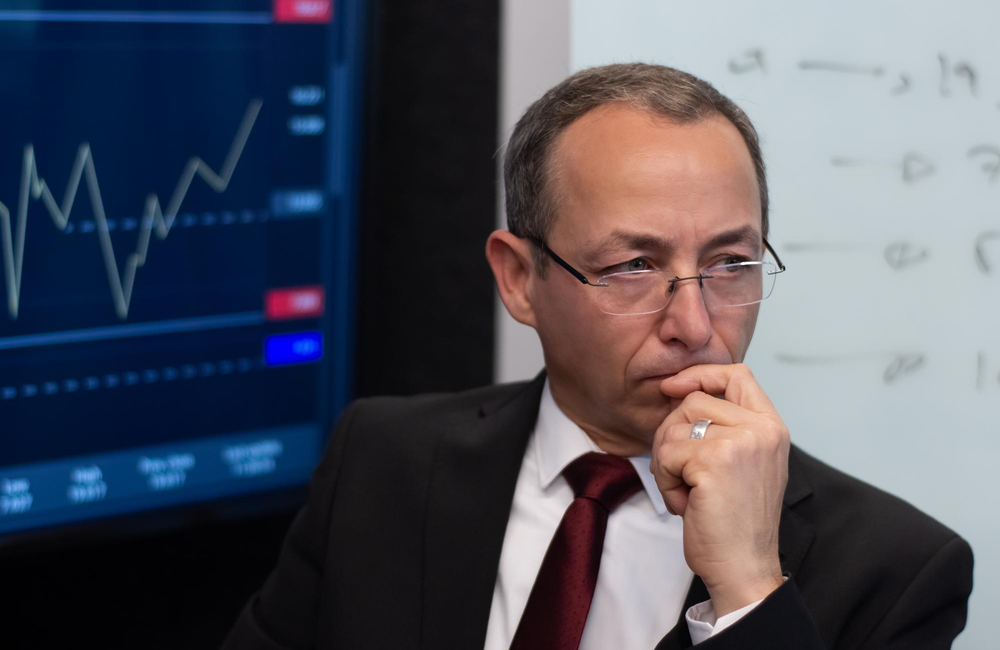“I don’t know why ‘everybody’ was surprised about inflation. I did."
His reasoning, explained by a retired history teacher, not a trained economist, Some of his rationale was fiscal, raising questions beyond the scope of this column. Well, I’ll put that justification to the side. His other justification, though, was operational, about the challenges businesses have been having in recent weeks in meeting customer demand. That struck me as undeniable. I then asked myself: “Why didn’t the professionals see this coming?”
Now they know who they are, as this post from Duke’s Fuqua School of Business in December 2021 shows. A year ago, as global economies started to emerge from their coronavirus holes, there were many things companies had to figure out before returning to normal operations. Even worse, because these problems were not independent of each other, but rather were interconnected, they reinforced each other, magnifying the problems. The result: shortages of product. And where there are shortages, inflation ensues.
Tied in knots
One was shortages of workers. Not all furloughed workers were called back into their jobs when recalled. That left companies unable to meet their promises and pushed up wages. To be sure, this outcome would have been hard to predict, because sidelined workers normally pounce on job offers. But where last year’s recovery involved workplace health worries, sporadic regulatory lockdowns and (in many countries) broadened unemployment benefits, those absences may have been predictable.
Yet another headache that might have been difficult to see coming but would likely have been manageable by professionals trained to watch for such issues was the operational disruption caused by demand shifts. When national lockdowns ended, many businesses discovered that their clients had diversified. The pandemic affected social mores, and thereby consumer preference, unlike prior recessions. As a result, companies rushed to re-align their product mixes.
Which gives rise to the third problem: logistics. The reader referred to the mess at the Port of Los Angeles (traffic in Los Angeles, big shocker), where trucks were idling, unable to pick up and deliver goods that had arrived by sea. That was only a microcosm of the worldwide logjam. Companies had to respond quickly to meet the uptick in customer orders, many of which caught them off guard, throughout the supply chain, from materials to manufacturing to assembly to delivery to distribution. A chain is only as strong as its weakest link.
And that brings us to the con of modern day lean manufacturing. When things are normal, a tight ship makes things efficient. But the strategy is susceptible to disruption — like the above-mentioned challenges of worker unavailability, adjusted orders and supply-chain hiccups. According to the Fuqua piece, “Operating near capacity maxes out productivity and distribution efficiencies, but it also means they are not all that hard to overwhelm.” The delays in manufacturing weren’t entirely unexpected.
What happened?
Admittedly, such analysis is a powerful case of hindsight being 20/20. So I’m not going to blame any one economist for ignoring these issues and running a 2 percent inflation assumption for 2021. After all, what can I possibly say about errors? As the sage is reputed to have said, “It’s difficult to make predictions, especially about the future.” My columns have, sadly, often proved that adage. Surely there should have been some dissenters, though. None of the professionals, it seemed, begged to differ, which was strange.
My explanation: A regime change took place last year. So aggressively had developed-market economies recovered never in modern times. On only one other occasion did a bounce resemble last year’s, namely the rise after the global financial crisis in 2008, but that uptick was both slower and unaccompanied by notable inflation. It’s true that economists could have predicted what would happen in 2021 but they weren’t used to doing so. They had taken on new habits.
Also, the survey was inevitably selectivity-biased. For decades now, actual inflation has consistently fail to meet expectations, both in the United States and the rest of the developed world. As a result, the respondents most likely to have identified rising inflation were also those most likely to have been dropped from the survey. (And maybe even from their jobs.) Fortune has not favored the wary for macroeconomists.
Finally, groupthink is part and parcel of professional forecasting. With those exercises, the toughest punishment is not being both wrong and different. None of the 37 researchers will face professional embarrassment for not noticing the jump in inflation last year, because their peers missed it as well. But if the actual inflation number had turned out to be consensus opinion, 2 percent, a forecaster who had predicted 5 percent would have looked pillar of salt embarrassed. And as portfolio managers used to say, “No one ever got fired for buying IBM.”
The investment lesson
Economists sweat the details. When the setting is stable, they tease out nuances lost on the careless observer. So is the value of expertise. But when the old rules don’t apply anymore, and the time-honored analytic approaches fall apart, that advantage disappears. Sometimes an inspired amateur seeing the subject with fresh eyes as someone who is not jaded by the world will see what the professionals have defaulted on.
This axiom encompasses more than inflation projections. It holds true across all aspects of investing. In particular, it accounts for the failure of professional market-timers, who try to profit by predicting stock-market crashes. Maybe the challenge is too daunting for even the most brilliant of analysts, with completely open minds. It is certainly so under real-world conditions, where professionals are afflicted by habit, selectivity bias, and groupthink.

























